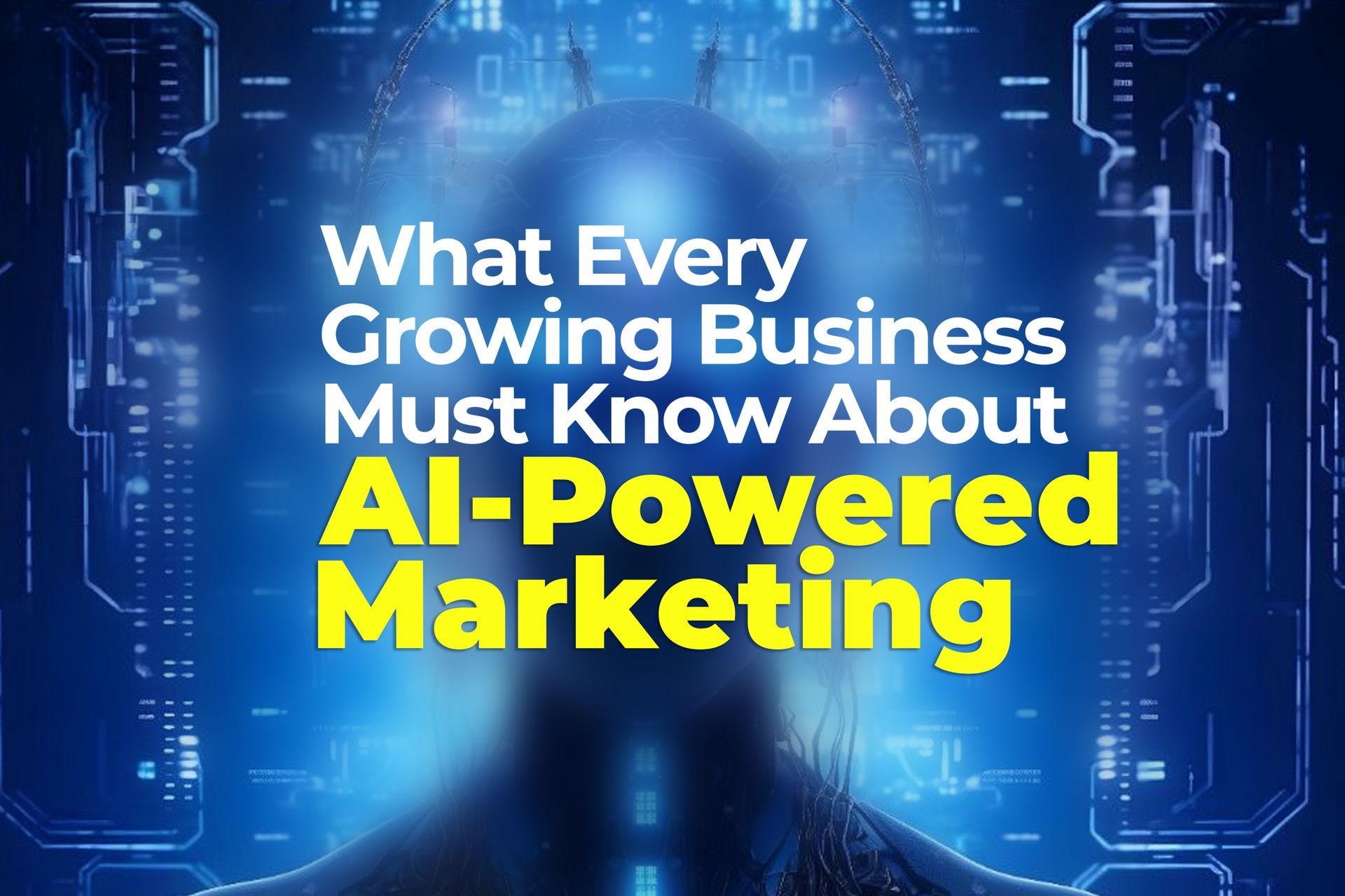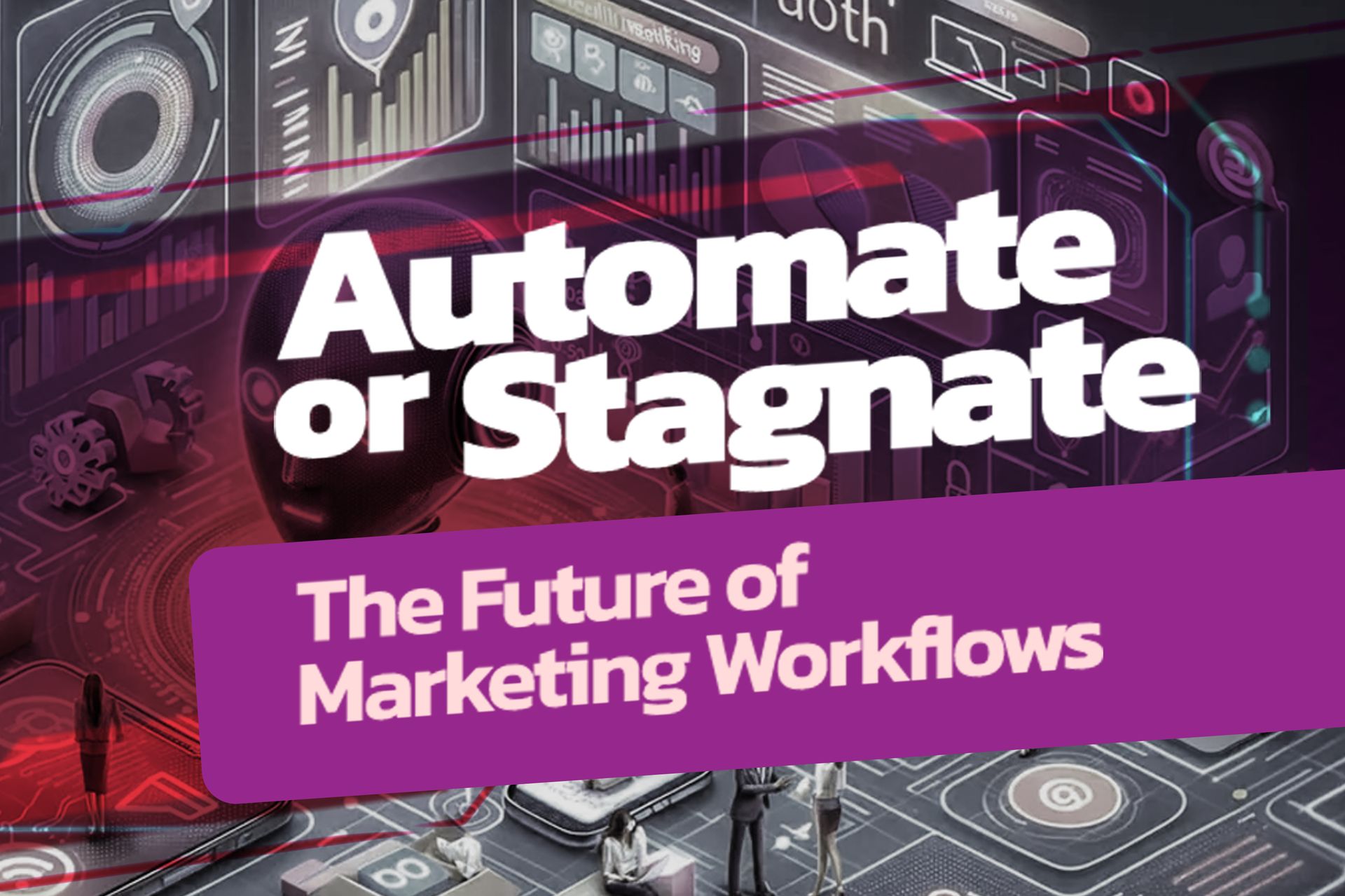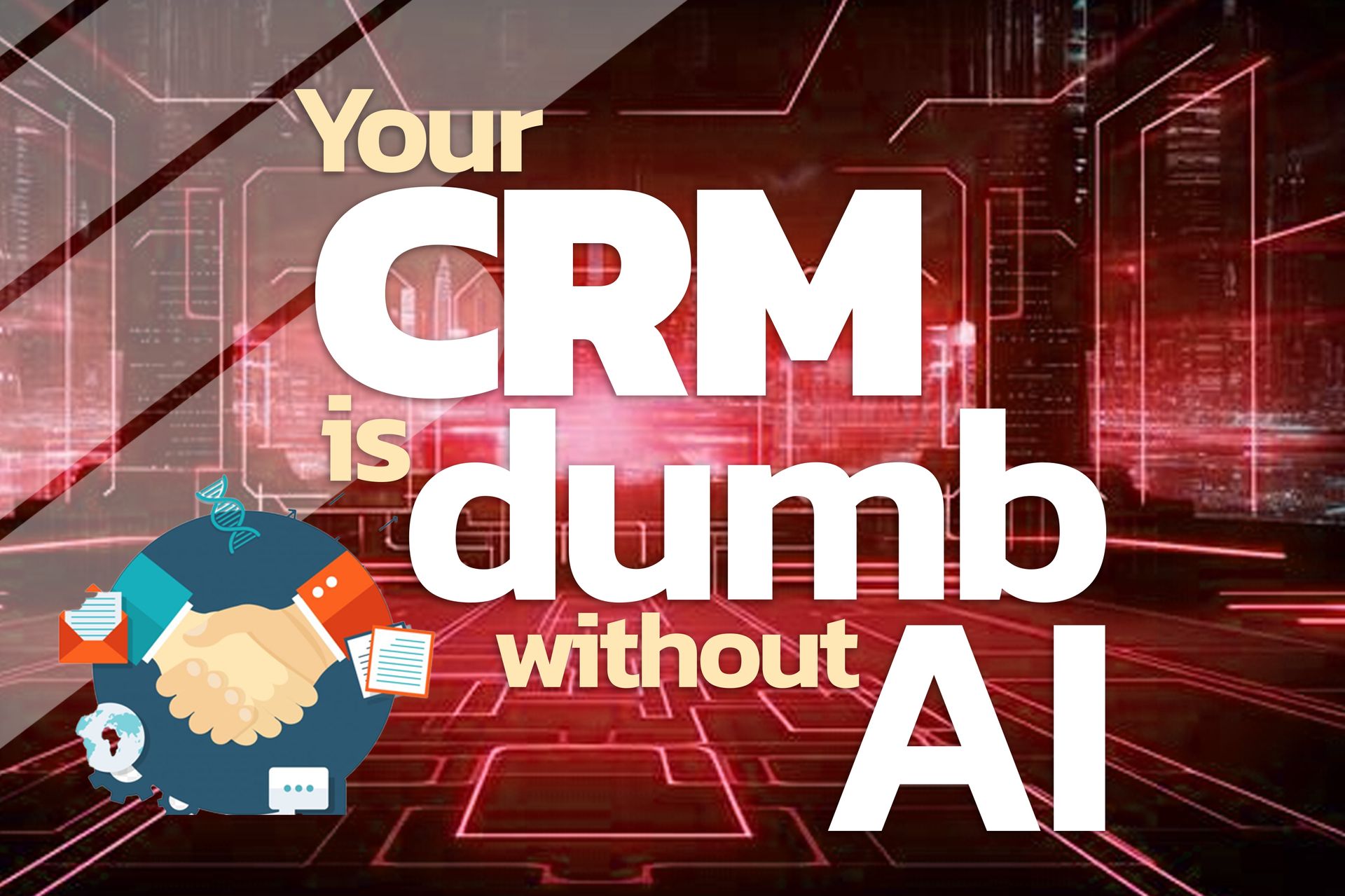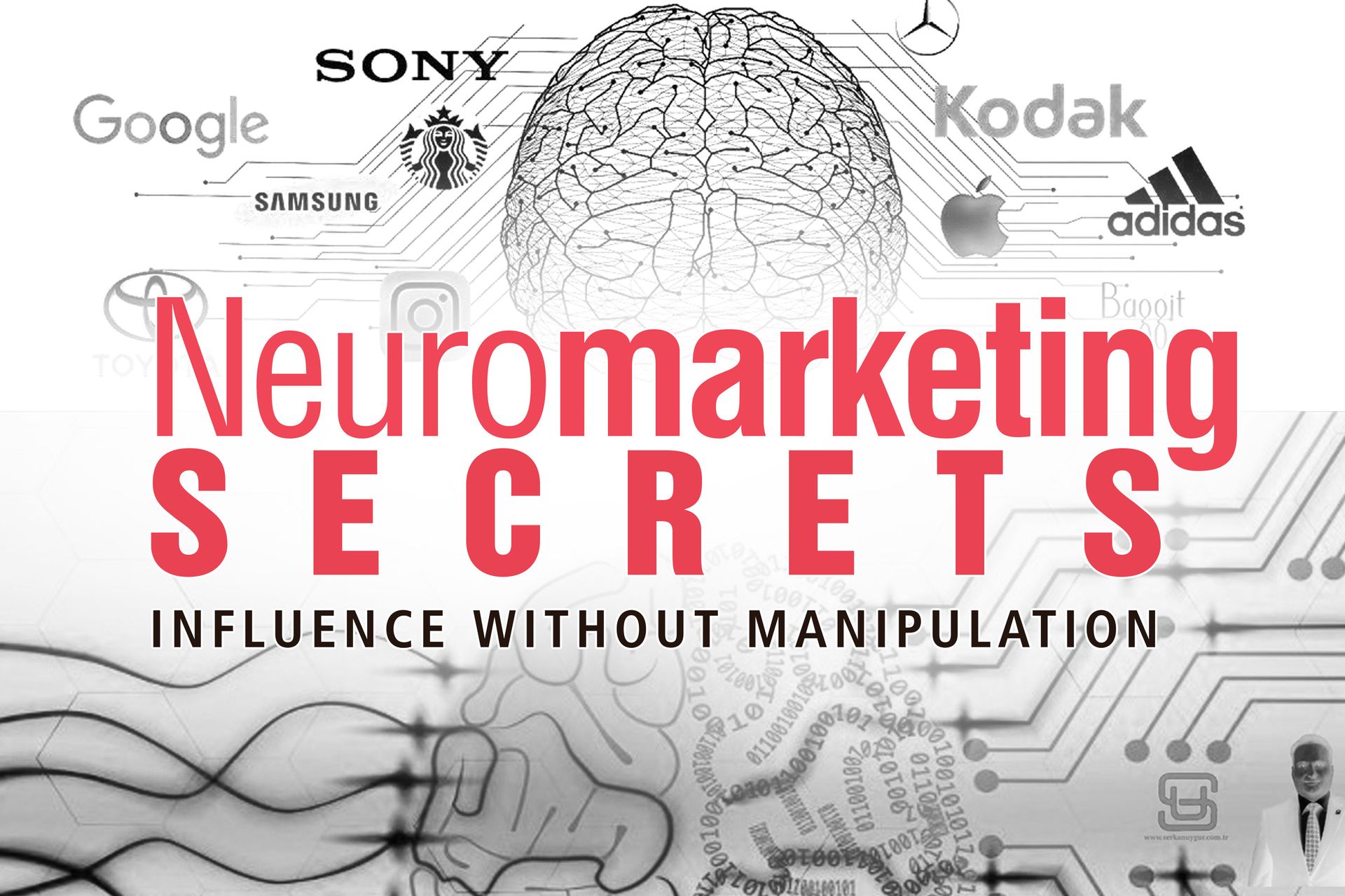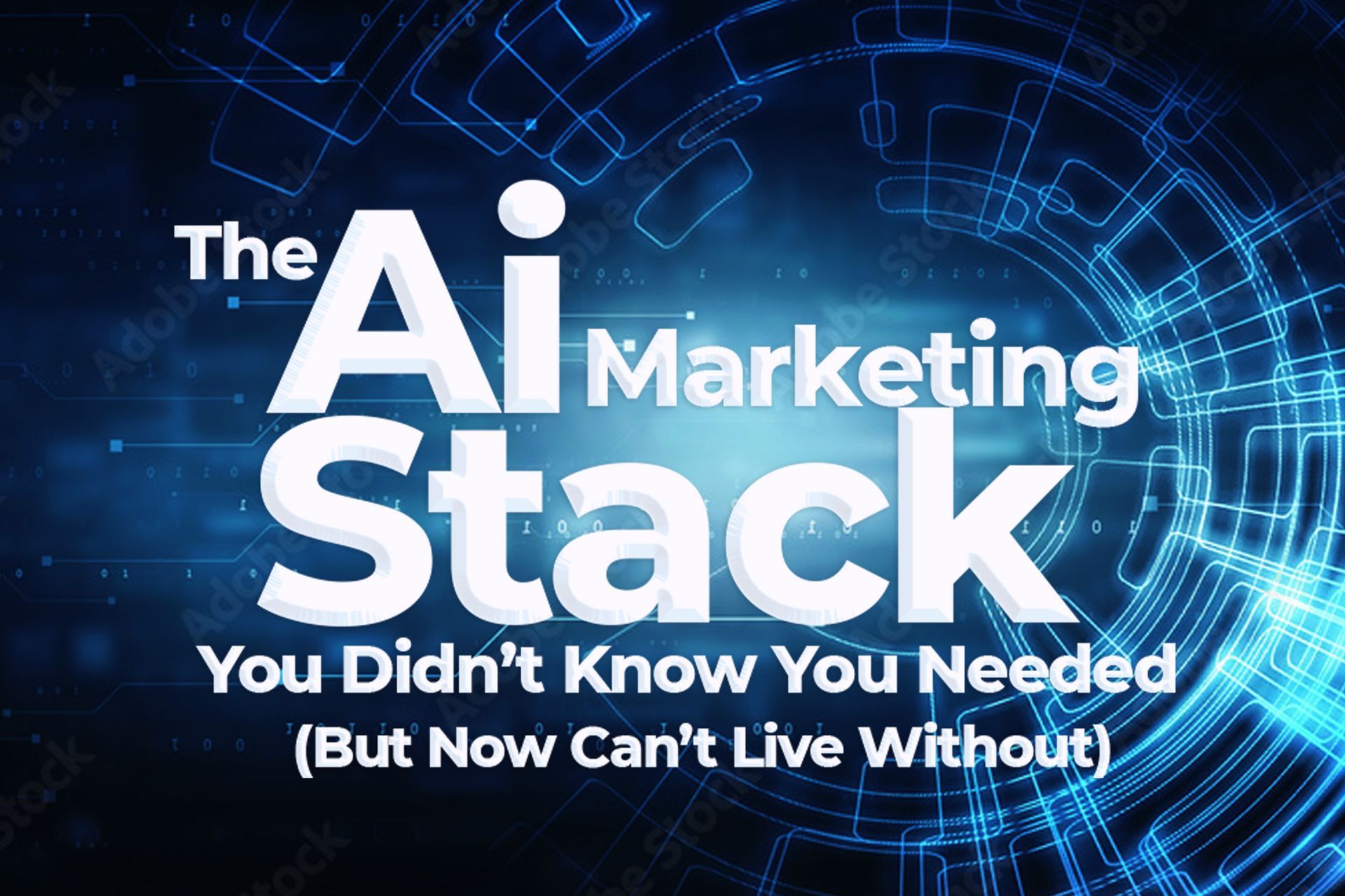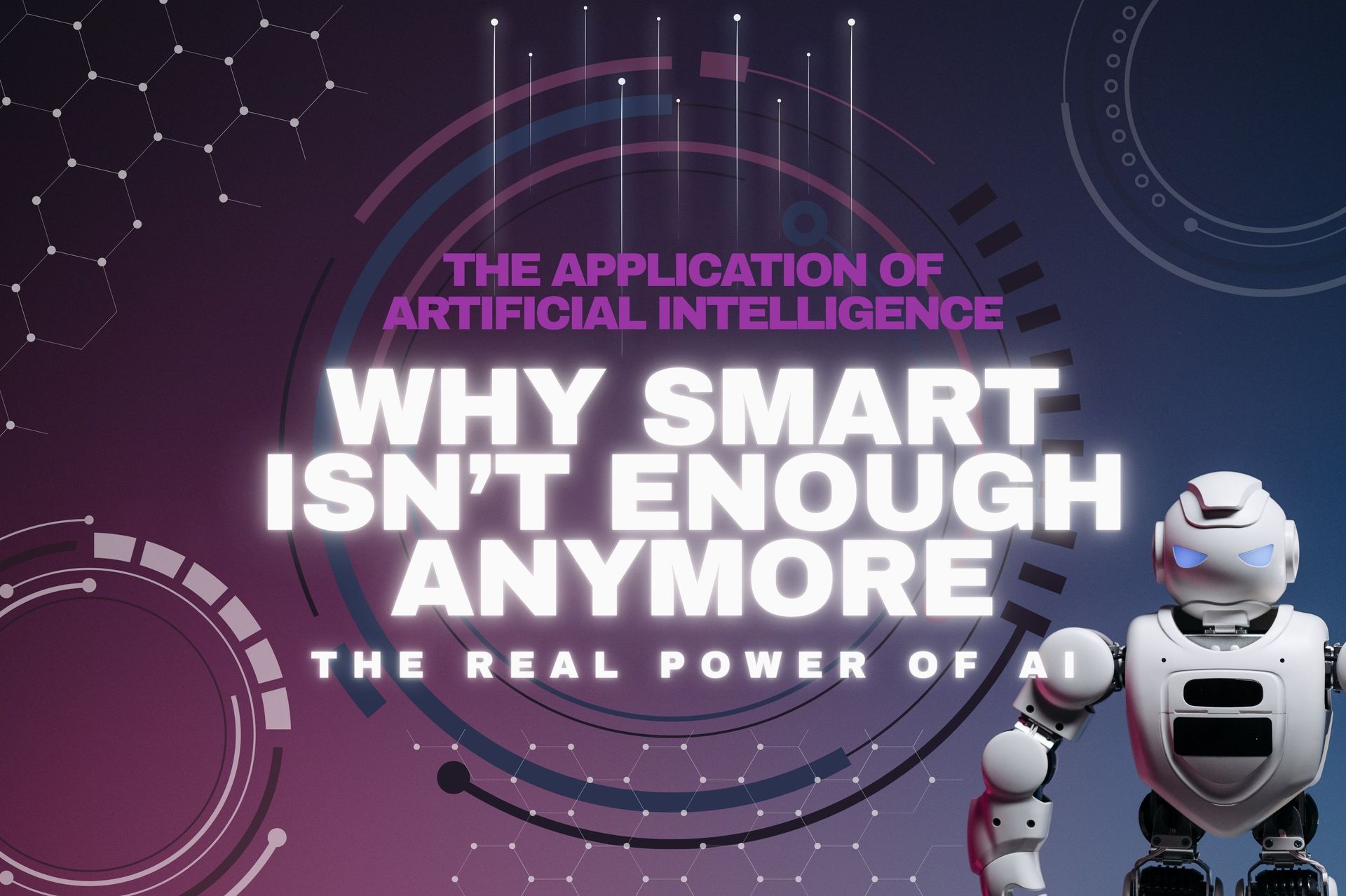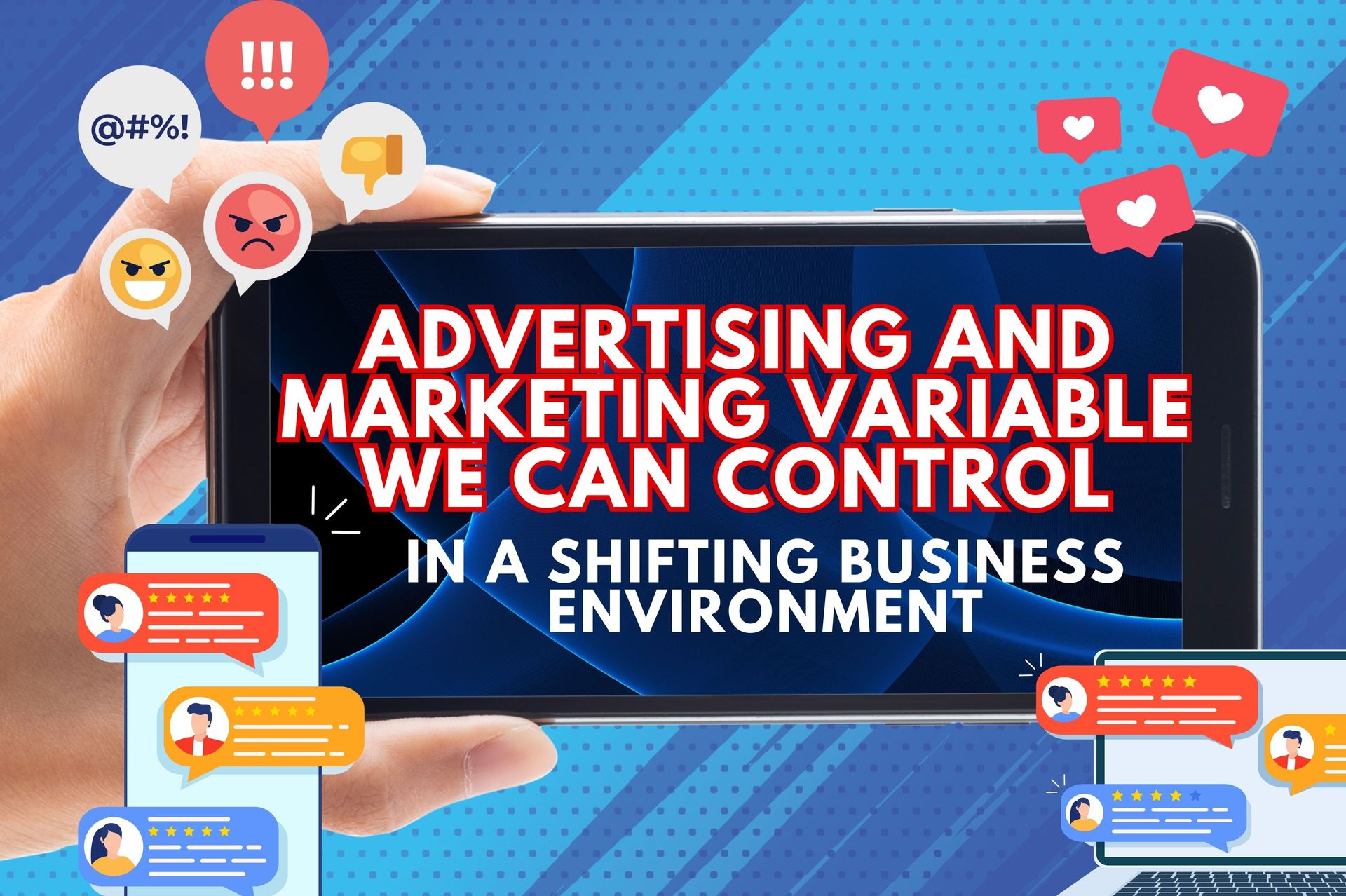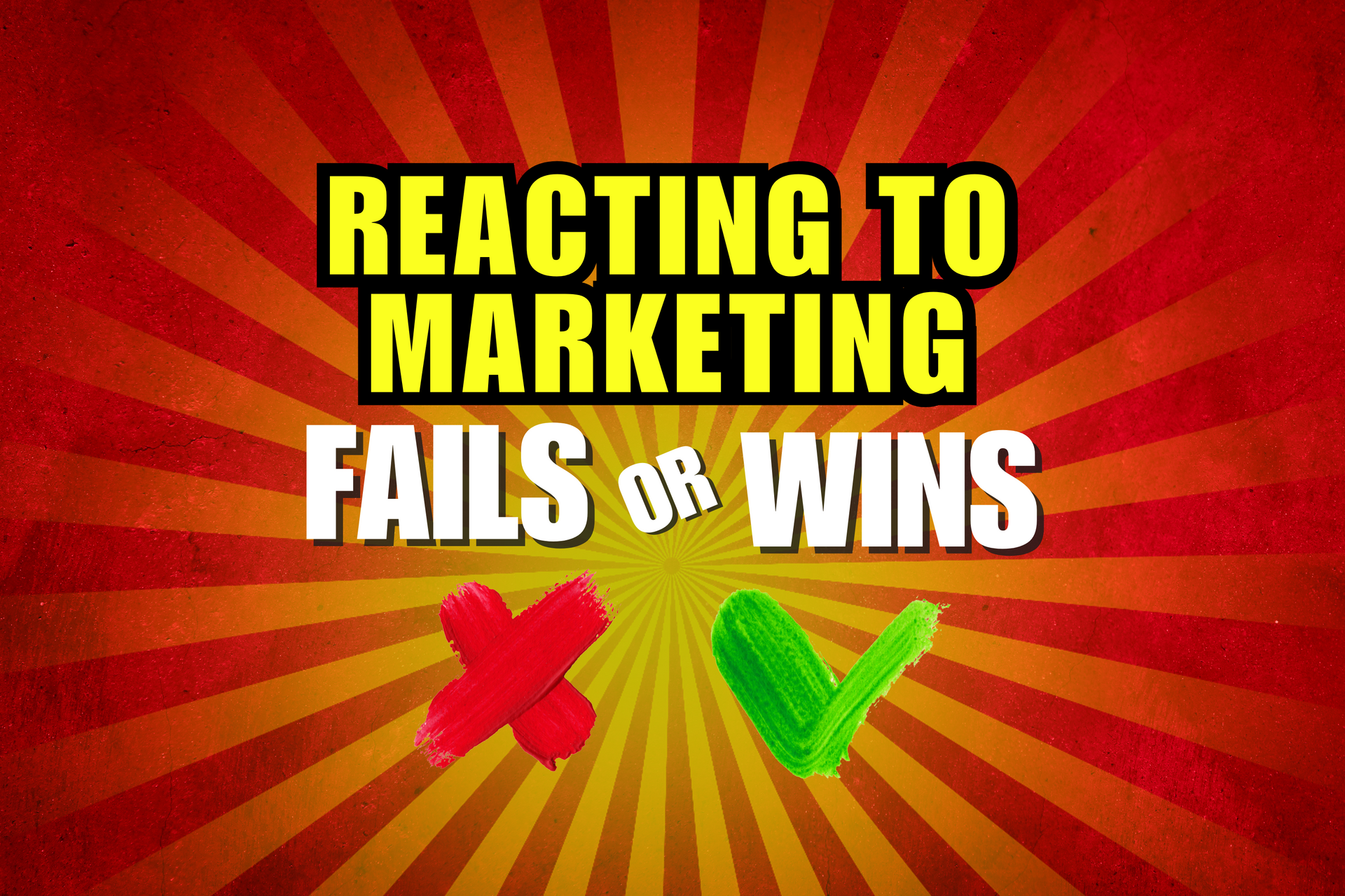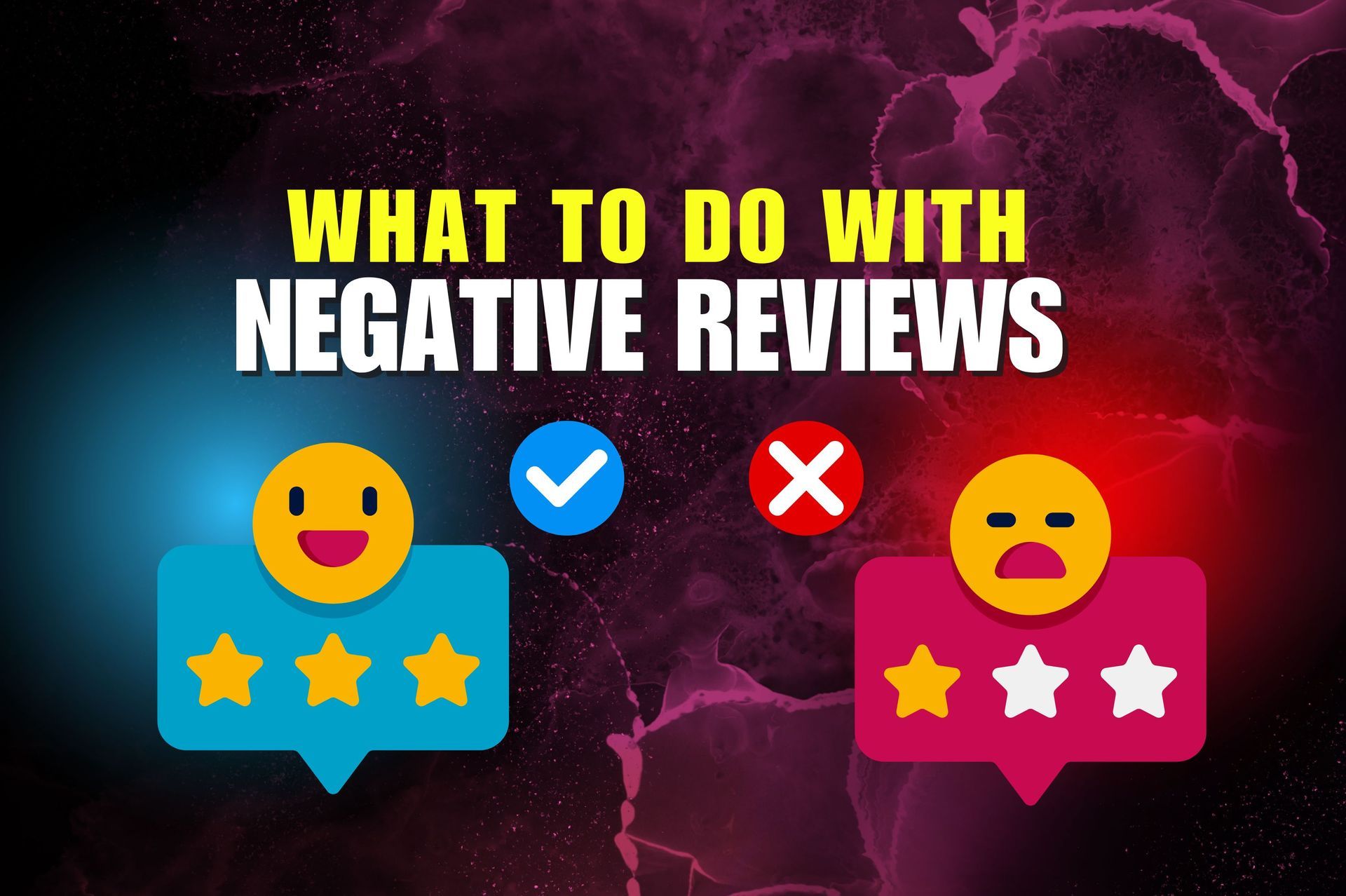What Psychology to Use in Your Ads - Part 1
Zack Greenfield • August 12, 2022
On today's video, we're going to get into one of my favorite topics and something I need to fix for our clients., and that is psychology around our advertising requests.
So you guys know, we run a lot of ads and we do a lot of advertising campaigns for our clients. What we're have done a, I would say mediocre and soon to be much better job is in taking those projects with a degree of education so that the clients can understand how they're selling on this video today. If you're struggling with the psychology and you really wanna understand the backbone of the two different models or channels that we can message inside of as we develop our ads, and this would be include any outbound messaging emails and so forth, then you don't wanna stick on this video, cuz we're gonna go through the two main models and it's gonna really crystallize kind of where to start with everything.
So I promised that today we're gonna get into one of my favorite topics and it should be one of your favorite topics. If you are working on growing your business, marketing, advertising, promoting, or anything like that. Because in order to do that successfully, you need to understand buying psychology and decision making psychology now as marketers or anyone that wants to grow and uh, their business and enhance their revenue, get more customers. We gotta understand the triggers and kind of what we're working with here, right? We can't just wing it and you know, be hopeful. We gotta try to be as methodical as possible. And that means we need to understand what the triggers are. Now, there are two basic sides to the game that we play. One is cognitive. Let me get the, the full like sciencey name here. Okay. Cause it's science consumer processing model and you have the hidden hedonic experiential model.
Now one is feelings based and other one is information based. Now, when I say it out loud like that, it seems super simple and easy to understand and you guys can immediately get that. Advertising really does kind of fall into one of those two pools. When we think about the outbound messaging that we're exposed to every single day. And remember marketing is just simply that outbound messaging designed to elicit an inbound response and how the message go out. There's a thousand flavors. What the inbound response is. There's also a thousand flavors of that depending on your campaign and what your objectives are. But in between those two things, we're either in this feelings model or we're in an informational model. So now's the time to ask yourself about your product or service is your product or service more suited to be sold informationally. And that means, is it a facts and figures and features and statistical type of decision that people use to decide whether to buy what you're offering or do people that buy what you're offering buy more based on emotion?
Like do you sell fun and good times, um, or like something that's beautiful or you know, anything like that, that's gonna be emotional based. Then that's going to be an emotional selling channel that we need to tap into. So on this video today, now that we understand that there's two worlds here that we're sort of starting with and we need to identify our own product or services and kind of where they see fit. I will tell you that there are many that are blended cars are a great example of a blended purchasing decision by most consumers, right? Cars, illit can elicit an emotional response for people. They are beautiful. They are sexy fast. We see ourselves in them, there's status associated with them. That's a whole emotional thing in itself, right? But there's also whole other part of buying a car, which are like the features and benefits.
Like I live in Arizona and I frankly won't own a car that doesn't have air conditioned seats. I just, I'm not gonna do it because once you have that feature in this hot place that I live, I don't wanna live without that. So as much as I might be emotionally triggered to buy a certain car, if it doesn't have that feature, it's probably gonna get crossed off the list for me personally. Now you can see that that's a blend. So think about your product or service right now. Is it left side, right? Like that cognitive side or right side, that emotional experiential type of product or service, or is it a blend like a car, which frankly marketing for cars pulls from both sides all the time. And you'll see that. And I love using really big dollar campaigns as examples for us, small, medium sized businesses to look at and dissect so that we can do a better job with our own stuff, right.
Reverse engineering. So let's just dive into the emotional side of the conversation and identify the four emotions that you can work with in your advertising. So if you're gonna create advertising and it could be, like I said, a thousand flavors could be an email campaign, could be di you know, digital display ads could be video. Advertising could even be PPC depending on, you know, the copy that you write for your PPC ads, uh, could be in store, print, newspaper, anything like that, right? So there's a lot of places to syndicate your messaging. Those are all syndication channels, effectively. They have little different formatting requirements and all those things that we talk about on other videos, but they still have to reside in this basic psychology. So here are the four emotions that you can use to persuade. If you're going to use the emotional channel, the first one is humor, awesome for member memorable, make Ugh, making things memorable, right?
Like the dollar shave club ad was all humor. And we all remember it and they killed it on the ad. And they actually started a whole sort of category of advertising by using humor to create viral ads that people would share even without the advertiser having to pay, because they were so funny. And we all remember that because of the humor. The next one is fear. That's a, you know, common use by markers. We, it here all the time. That's also expressed as, you know, addressing and or messaging into your buyer's pain points. And of course, using that pain point to trigger them to want the solution that you offer, which is probably your product or service, then excitement is the third one. So if you have a product or service that has a lot of excitement around it, and this fits well with my car example, right?
Like sports cars and so forth, kind of give us that adrenaline rush, or we can see ourselves in that space, right? So that kind of emotion is triggered with certain car ads. And if your product or service feels like that might work, then that's definitely one that you can use. And the last one is sadness, right? And those are strong emotion to use in your messaging and marketing. I'm careful with fear and sadness. Um, and I'll say this, you know, as a caution that you can use their very powerful, but you also don't want to get overly negative in your ads because people aren't actually looking for negatives in their lives. They're looking for positive outcomes. So remember you're selling positive outcomes, but you can use sadness and fear as triggers to move people towards those outcomes. So these is a little bit of subtlety with that, with those two there, because you don't want your stuff to become office dark and negative, cuz that's not gonna work. Okay. So those are your four stick with me because on the next one we're gonna follow up or we're gonna get over into the cognitive stuff a little bit more and talk more about the blending, subscribe to the channel. So you don't miss it like this video and start your advertising by, by having the whole thing rooted in the psychological path that you're gonna use to elicit the inbound responses that you want.

